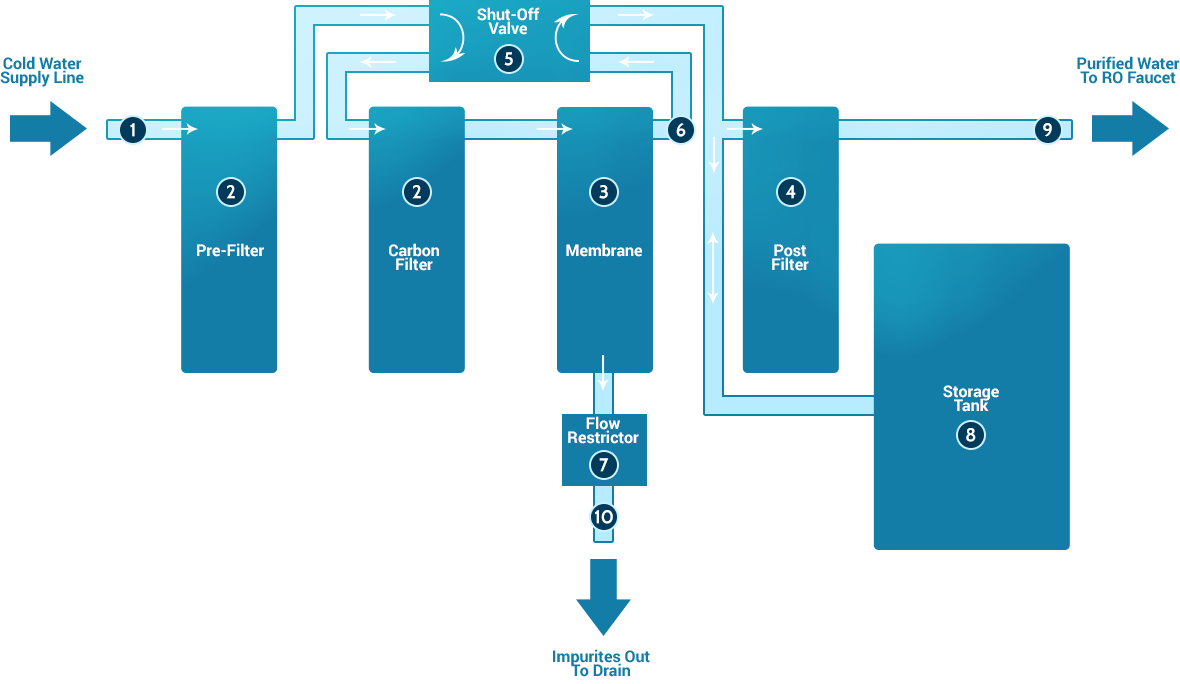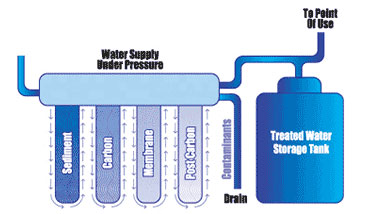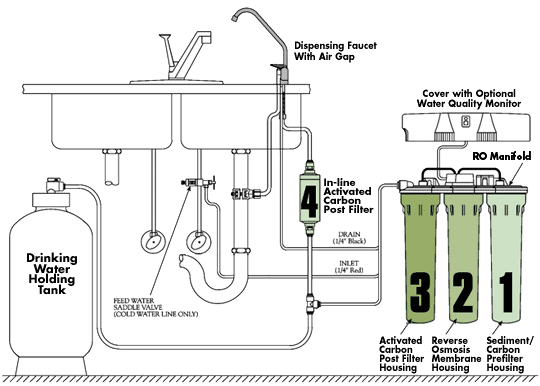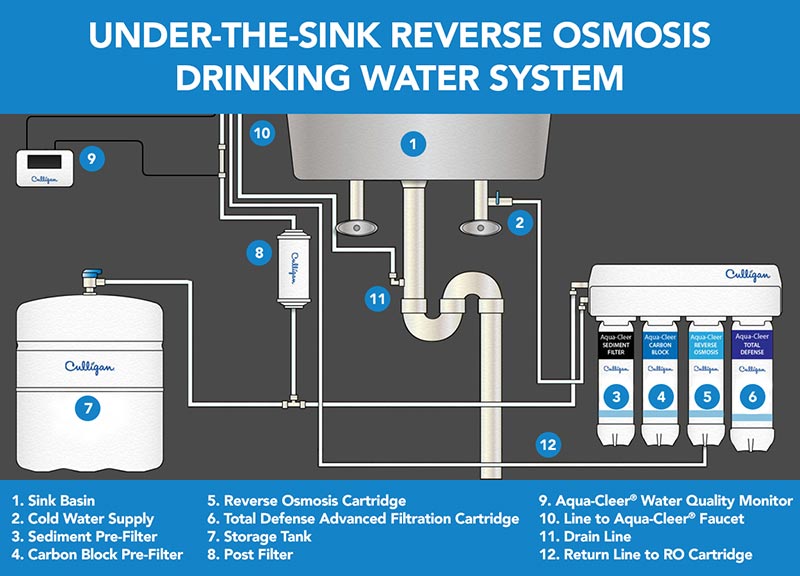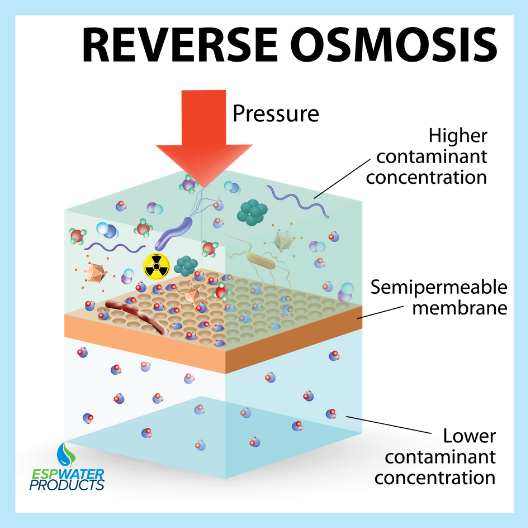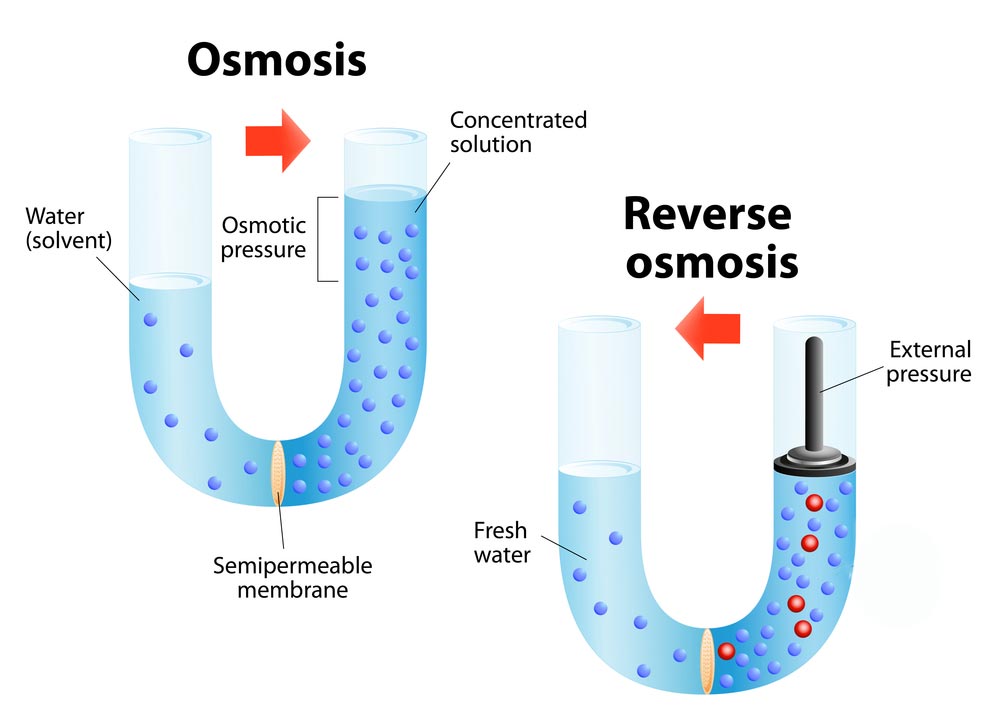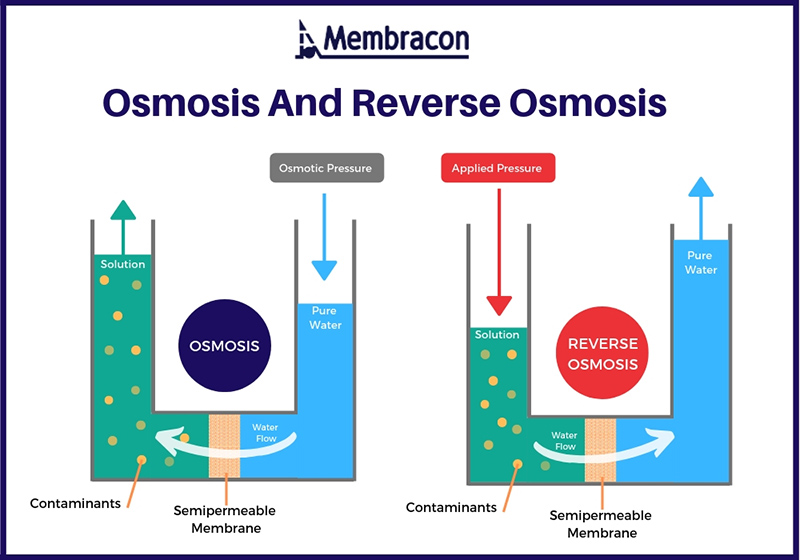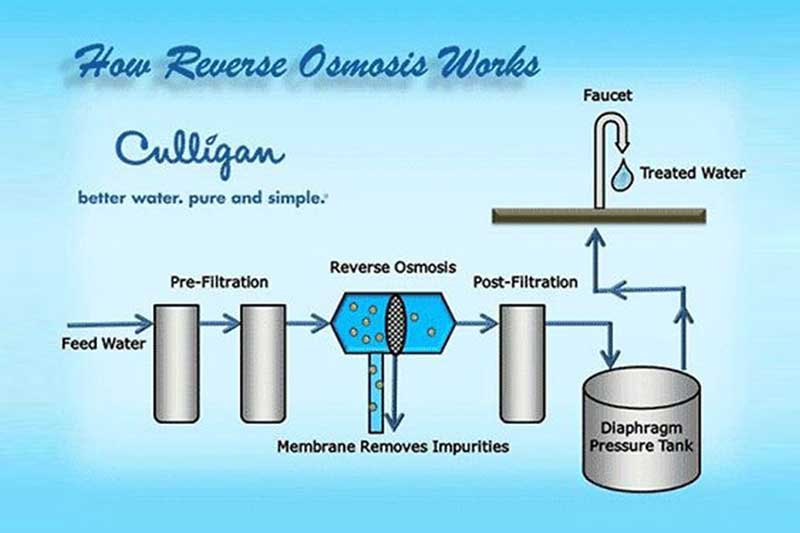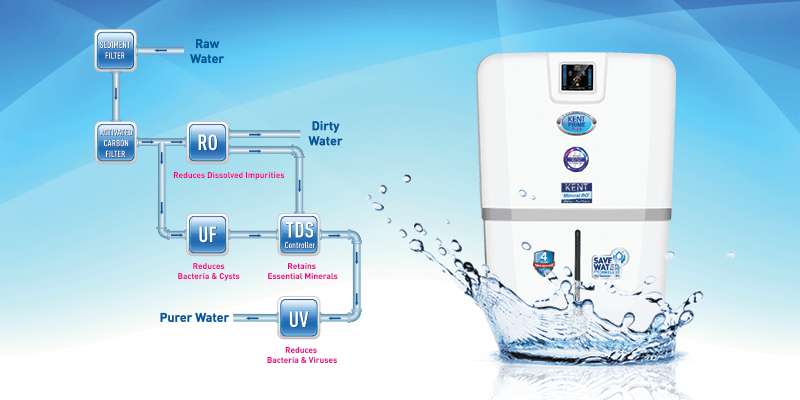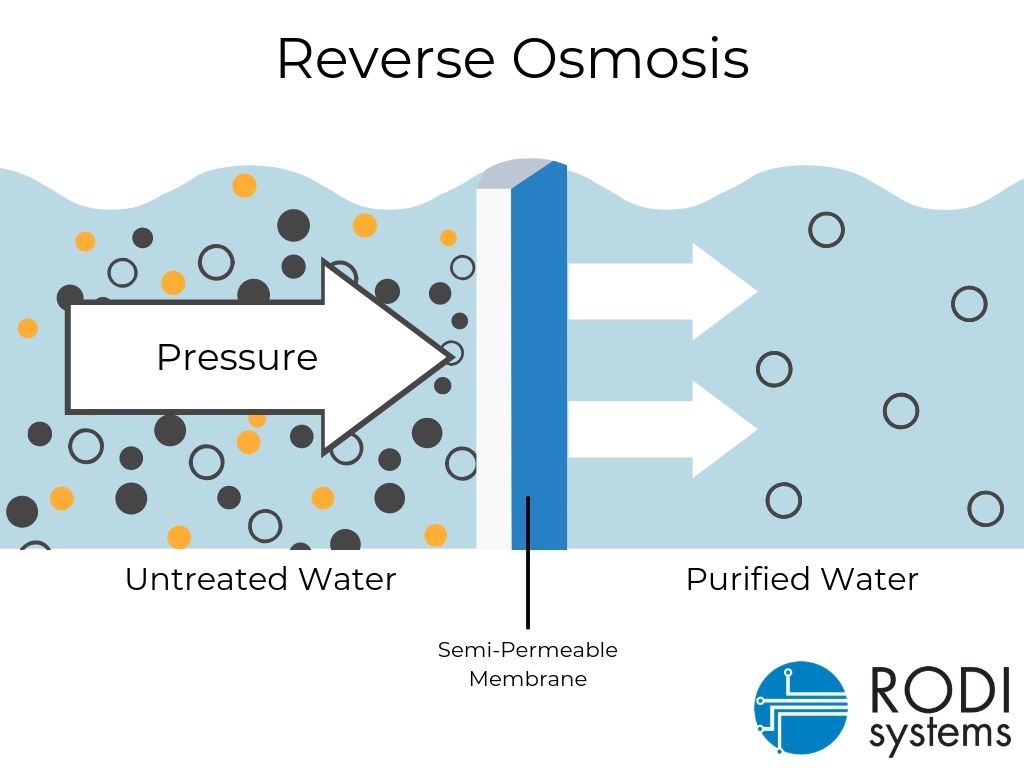How Do Reverse Osmosis Water Filters Work
The pressure from the incoming water pushes it through the membrane.
How do reverse osmosis water filters work. And remember that you re probably doing the installation yourself so you might want to be fairly confident in your fix. Reverse osmosis is a water purification process which removes contaminants from the water supply by applying pressure to force it through a partially permeable membrane. Whether your drinking water comes from a well or municipal supply it s possible that harmful contaminants are present.
The filtered water is then stored in a storage tank also under the sink. It helps conserve the membrane which can get clogged by excess sediment or damaged by exposure to too much chlorine which you ll find in municipal water. Expect to pay an average of 200 500 for a system like this.
The reverse osmosis membrane contains small holes that will not allow anything larger than 001 microns to pass through. The small holes within the membrane known as pores will let water molecules through but not the molecules which make up the impurities within the water. An entirely separate faucet is then installed on your sink fed from the storage tank below.
The first step to better drinking water is learning how reverse osmosis ro works. These impurities might. Process of reverse osmosis reverse osmosis is achieved by using a tank of water that is bisected by a fine membrane that serves as a filter.
This first cartridge is referred to as the sediment filter or carbon block filter. A reverse osmosis system is connected to the water supply under your sink where the water passes through three to five filters to achieve purity. It removes larger sediment including some dissolved solids and helps reduce chlorine.


